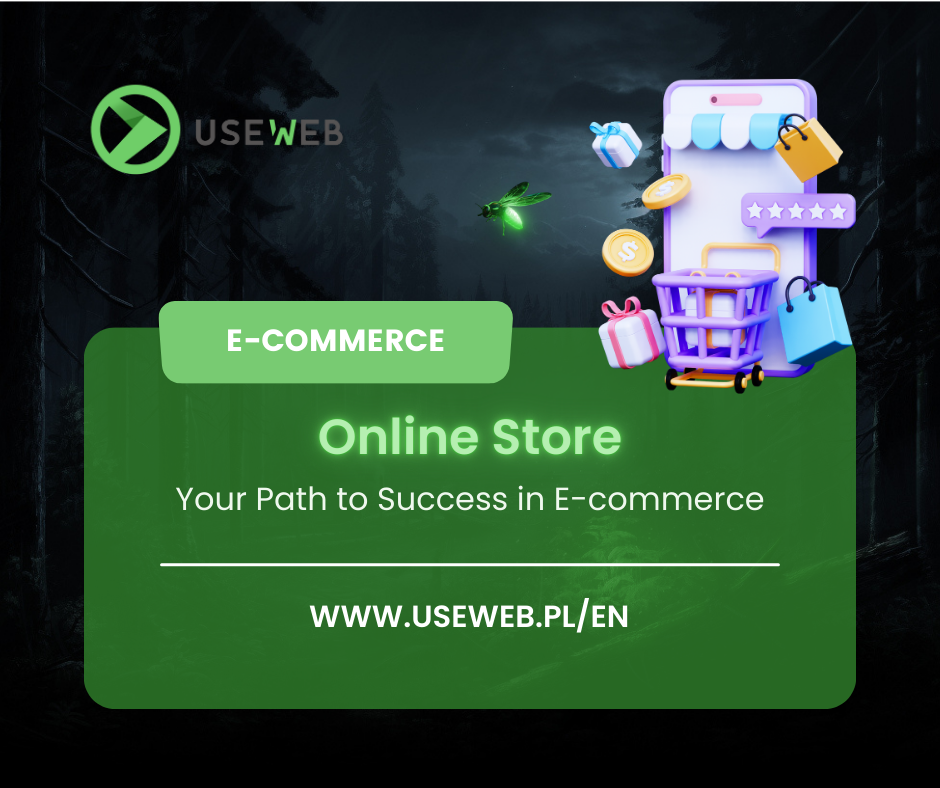In today’s world, having a presence on social media is an essential element of every business’s marketing strategy. However, choosing the right social media platforms can be challenging, especially with the increasing number of available options. In this article, we will discuss key factors to consider when selecting social media for your business and present the characteristics of the most popular platforms.
1. Defining Business Goals
Setting Goals
Before choosing a social media platform, you need to define your business goals. Do you want to increase brand awareness, generate leads, boost sales, build a community, or improve customer service? Clearly defined goals will help you choose the right channels and measure success.
Examples of Goals
- Increasing brand awareness: Focus on platforms with a large reach, such as Facebook and Instagram.
- Generating leads: LinkedIn and Twitter might be more effective.
- Boosting sales: Instagram and Pinterest can be ideal for e-commerce.
- Customer service: Twitter and Facebook are excellent for this.
2. Analyzing the Target Audience
Demographics and Psychographics
Understanding the demographics and psychographics of your target audience is crucial. Different platforms attract different user groups. For example:
- Facebook: Popular among various age groups, especially 25-54 years old.
- Instagram: Mainly younger demographics, primarily 18-34 years old.
- LinkedIn: Professionals, B2B, job seekers, mainly 25-54 years old.
- TikTok: Very young demographics, primarily 16-24 years old.
- Pinterest: Mainly women, often looking for inspiration and products.
User Behavior
In addition to demographics, it is essential to understand how your target audience uses social media. Do they prefer video content, articles, infographics, or photos? How often are they active, and what types of content engage them the most?
3. Competitor Analysis
Monitoring Competitors
Look at which platforms your competitors are present on and what content they are posting. Competitor analysis can provide valuable insights into what works in your industry and what doesn’t.
Benchmarking
Identify best practices in your industry and try to adapt them to your strategy. Monitoring metrics such as engagement, reach, and the number of followers can help evaluate the effectiveness of your competitors’ actions.
4. Characteristics of Popular Platforms
- Advantages: Large reach, the ability to create various types of content (posts, videos, events), advanced ad targeting options.
- Disadvantages: Declining organic reach, the necessity of investing in ads.
- Advantages: Visual nature, high user engagement, popularity among younger audiences, features like Stories and IGTV.
- Disadvantages: Less flexibility in publishing textual content, the necessity for high visual quality.
- Advantages: Ideal for B2B, professional networking, the ability to publish articles and industry content, targeting by job position and industry.
- Disadvantages: Lower user engagement in entertainment content, higher ad costs.
- Advantages: Speed and immediacy of communication, ability to monitor trends and discussions, real-time customer service.
- Disadvantages: Limited character count, fast-paced content flow.
- Advantages: Highly visual nature, ideal for e-commerce, high capability to drive website traffic, popularity among women.
- Disadvantages: Less popularity in some industries, the necessity for regular high-quality graphics.
TikTok
- Advantages: Growing popularity, high engagement among younger users, creativity, and viral potential of content.
- Disadvantages: Young demographics, the necessity for creating original and engaging video content.
5. Strategy and Resources
Content Planning
Each platform requires a different content strategy. Prepare a content plan that considers the specifics of the chosen platforms, the type of content, and the frequency of publication.
Resources
Consider how many resources you can allocate to managing social media accounts. Running multiple profiles requires time, knowledge, and tools for management and analysis.
6. Measuring and Analyzing Results
Key Performance Indicators (KPIs)
Determine which metrics are most important for your business. These can include reach, engagement, number of leads, conversions, or ROI from ads.
Analytical Tools
Use analytical tools like Google Analytics, Facebook Insights, and LinkedIn Analytics to regularly monitor and analyze the results of your social media activities.
Conclusion
Choosing the right social media for your business requires a thoughtful strategy, understanding your target audience, monitoring competitors, and continuously optimizing your efforts. Each platform has its unique features that can help achieve different business goals. A thorough analysis and tailoring the strategy to your business’s specifics will allow you to maximize the potential of social media.





